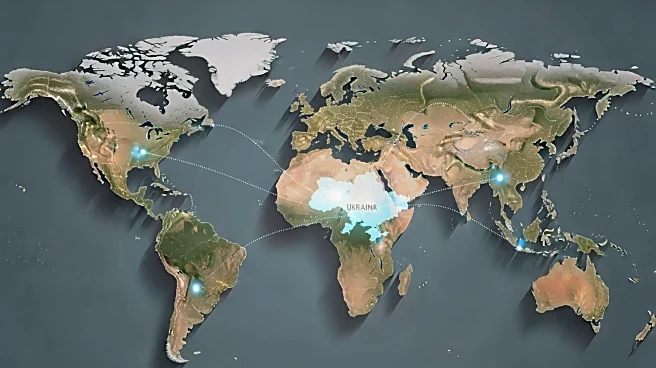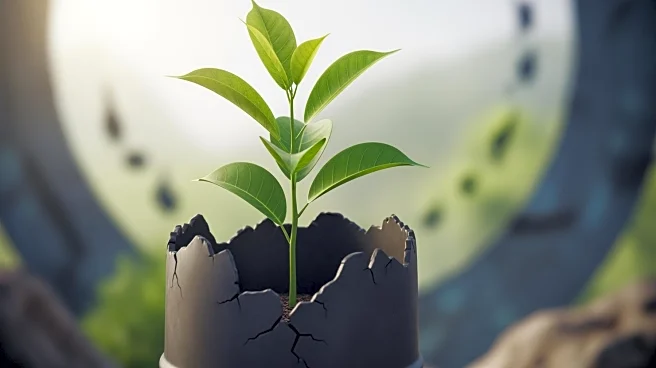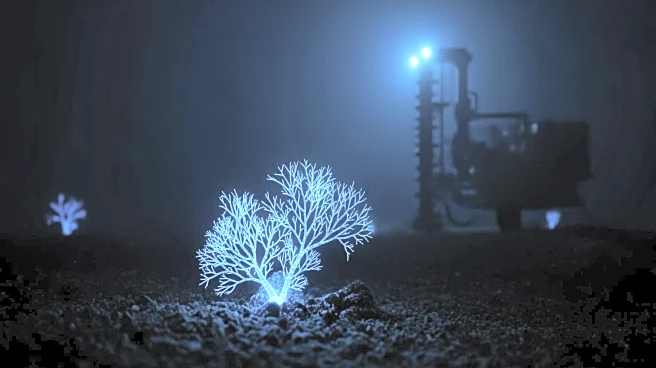What's Happening?
A recent study published in Nature Communications has uncovered evidence of technological stability among early humans in Kenya's Turkana Basin, dating back approximately 2.75 million years. The research, conducted by an international team including scientists
from George Washington University, the Max Planck Institute, and Utrecht University, focused on the Namorotukunan site within the Koobi Fora Formation. This site preserves one of the oldest and most continuous records of Oldowan stone tool use, spanning nearly 300,000 years. Despite environmental changes such as droughts, shifting rivers, and fires, early humans maintained a consistent tradition of creating sharp-edged stone tools. These tools were used for cutting meat, cracking bones, and processing plants, indicating a stable technological approach despite environmental challenges.
Why It's Important?
The findings from the Namorotukunan site highlight the cultural resilience and technological continuity of early humans, suggesting that knowledge transmission between generations was a key factor in their survival. This study extends the timeline of Oldowan toolmaking in East Africa and underscores the importance of technology in human evolution. The ability to maintain a stable technological tradition allowed early humans to adapt to changing environments, providing a survival advantage during periods of instability. This research contributes to our understanding of early human behavior and the role of technology in shaping human history.
What's Next?
The study opens new avenues for exploring the relationship between early human technology and environmental adaptation. Future research may focus on identifying other sites with similar technological continuity and examining the impact of environmental changes on human evolution. Additionally, the findings may prompt further investigation into the cultural aspects of early human societies, such as the methods of knowledge transmission and the social structures that supported technological stability.
Beyond the Headlines
The persistence of Oldowan technology over 300,000 years suggests a deep-rooted human propensity to preserve and improve on effective ideas. This study provides insight into the dawn of a defining human trait: the reliance on learned, shared knowledge to navigate a changing world. The research highlights the powerful link between culture, environment, and survival, offering a broader perspective on the role of technology in human evolution.














